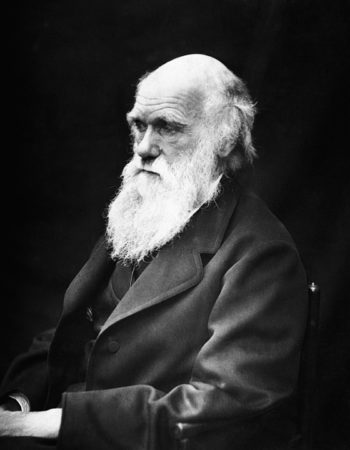Timeline: The Evolution of Charles Darwin

As the father of evolutionary biology, Charles Robert Darwin is the most famous and influential naturalists of his time, if not of all time. Dedicating his life to the study of the natural world and the processes that drive it, here is a brief evolution of the man behind science.
1809
Born in Shrewsbury, England to parents Robert and Susannah Darwin.
1818
In the June of this year, Darwin attended Shrewsbury School where he continued to study for seven years.
1825
Darwin registers to attend medical courses at the university of Edinburgh with his big brother Erasmus.
1827
Discovering medicine was not for him, Darwin is admitted to clerical college at Cambridge, insisted upon by his father.
1831
Accepts an offer to join a voyage on HMS Beagle, due to set sail in late December. Returning in October 1836
1837
Specimens collected from HMS Beagle arranged for identification and work begins on what would later be tilted The Voyage of the Beagle with help from geologist Charles Lyell and ornithologist John Gould.
1839
Darwin marries Emma Wedgwood and in the same year they have their first of ten children.
1842
Darwin publishes a research paper on the structure and distribution of coral reefs.
1856
Begins to pen his thoughts of natural selection.
1858
Receives a letter from Alfred Russell Wallace who shares his ideas of a theory of natural selection.
1859
On the Origin of Species by means of Natural Selection, or the Preservation of Favoured Races in the Struggle for Life, is published.
1871
Publishes The Descent of Man, and Selection in Relation to Sex, in the same year as he added another chapter to the Origin of Species for it’s sixth edition published a year later.
Darwin spends the following years of his academic career publishing papers on topics such as Insectivorous Plants, The Power of Movement in Plants… and The Formation of Vegetable Mould… Before passing away on April 19th 1882 aged 73.
For more science and technology articles, pick up the latest copy of How It Works from all good retailers or from our website now. If you have a tablet or smartphone, you can also download the digital version onto your iOS or Android device. To make sure you never miss an issue of How It Works magazine, subscribe today!
Other articles you may like:







